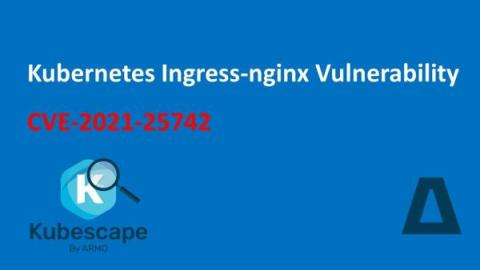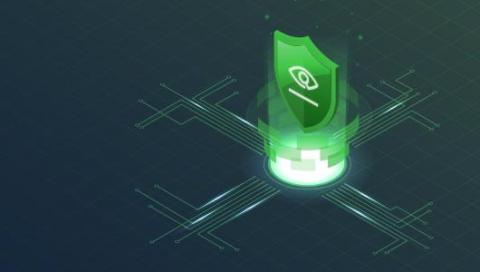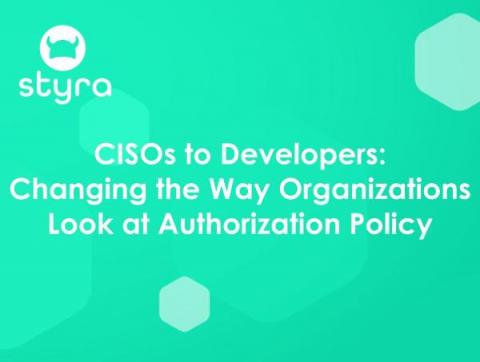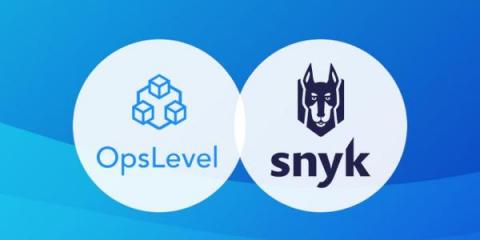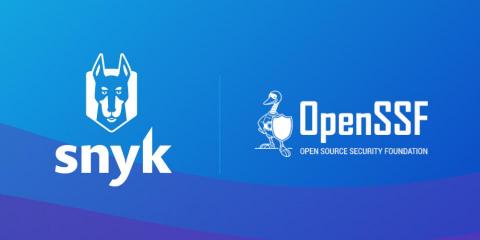New Kubernetes high severity vulnerability alert: CVE-2021-25742
On Oct 21st, the Kubernetes Security Response Committee issued an alert that a new high severity vulnerability was discovered in Kubernetes with respect to the ingress-nginx - CVE-2021-25742. The issue was reported by Mitch Hulscher. Through this vulnerability, a user who can create or update ingress objects, can use the custom snippets feature to obtain all secrets in the cluster.


